Hiking should be done in addition to other activities like lunges and squats to maximise muscle building.
It's a fantastic means of getting outside.
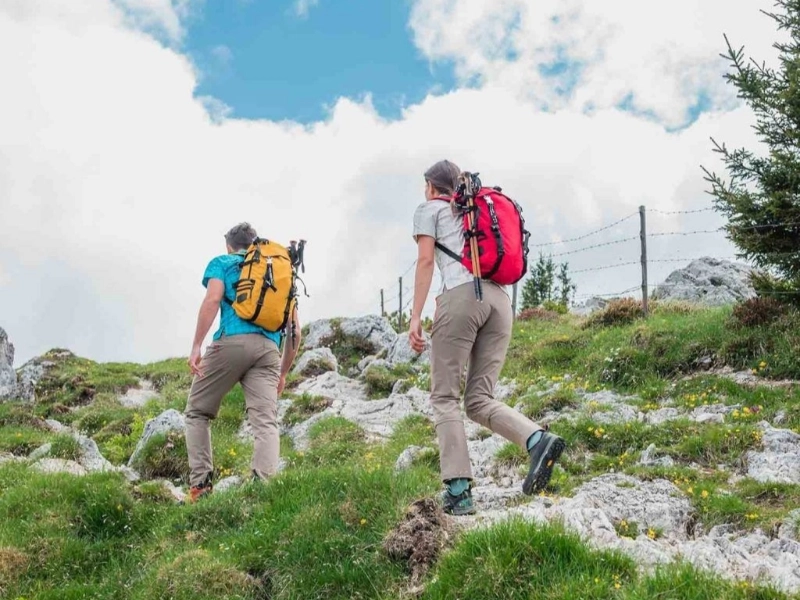
A great way to enjoy the outdoors and get some fitness is to go hiking. Hiking not only strengthens your legs but also enhances your balance and mental well-being. It may even enhance sleep quality and aid in stress reduction. Research indicates that those who walk on a daily basis experience higher quality and longer sleep than those who do not.
Strongening leg muscles is a wonderful benefit of hiking, particularly on inclines. They work the glutes, hamstrings, and quadriceps. Additionally, the additional effort needed to carry a rucksack will strengthen your arms, back, and shoulders. Hiking is a full-body exercise that provides numerous advantages not found in weightlifting or gym memberships.
But hiking might not be sufficient on its own to develop powerful, toned legs. Hiking might be best done in conjunction with other leg exercises like lunges and squats. Whether or not to go from leg day to hiking ultimately comes down to your personal fitness objectives.
It’s a great workout
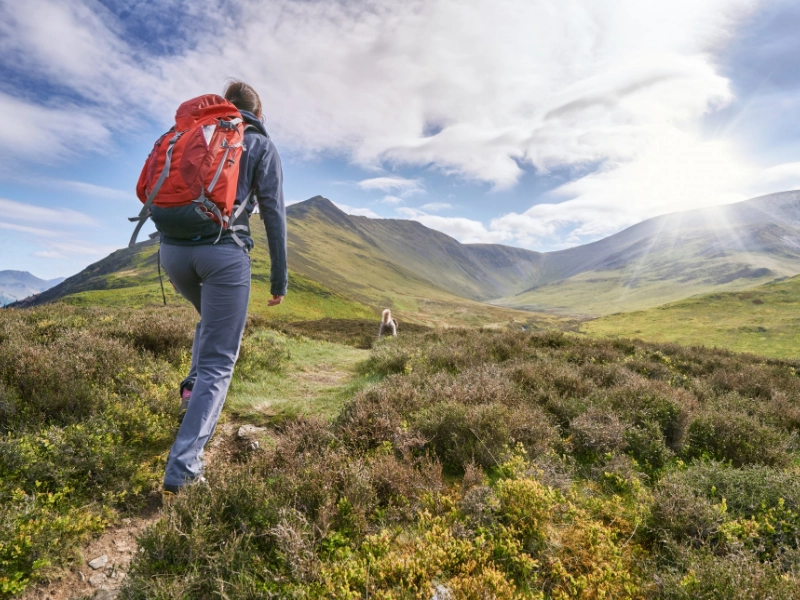
Hiking works your legs and core, making it an excellent exercise. It tones the quads, the largest muscular group in the body, and burns calories. Additionally, you can intensify your workout by hiking up steep inclines or with a backpack.
Additionally, it promotes leg strength and balance, which helps to avoid injuries like torn calf muscles. Additionally, hiking is excellent for mental wellness. Research has indicated that being outside lowers stress and raises happiness. Hiking has the added benefit of exposing you to the sights and sounds of nature, which can help to reduce stress.
It's crucial to remember, though, that hiking cannot fully replace leg day. You should concentrate on specific leg workouts like lunges and squats if you want to genuinely build your leg muscles. It's crucial to schedule your strength training sessions in advance to prevent injury and overtraining if you decide to strengthen your legs during hiking days.
It's a fantastic way to unwind.
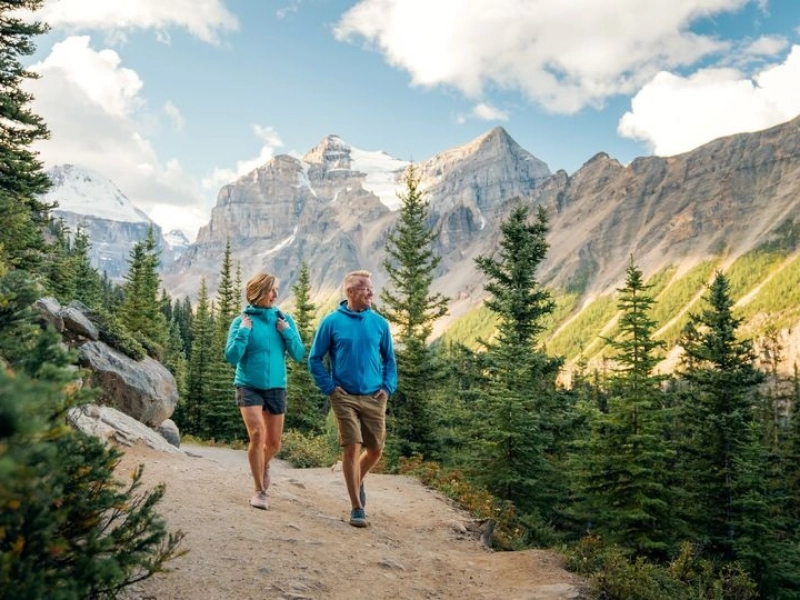
In addition to being a fantastic method to de-stress, hiking has other incredible health advantages. It fortifies your abdominal muscles, strengthens your leg muscles, and enhances your balance. It also lessens tension and improves your mood. You can also enjoy it as a social and enjoyable hobby with friends and family.
Numerous muscle groups are used while hiking, such as the hamstrings, calves, and quadriceps. It also puts your body through instability because you have to traverse uneven ground. By strengthening the muscles that aid with balance, this helps you avoid accidents.
Hiking can also aid in weight loss and calorie burning. If you want to increase your strength and muscular mass, though, it shouldn't take the place of regular leg-day routines. Exercises for the legs, such as lunges and squats, are crucial for developing strong, toned legs. Make sure you pick a safe track and pay attention to your body if you decide to switch up leg day with hiking.
It helps you stay inspired.

Hiking works your greatest muscle area and burns a lot of calories. Seeing your progress and establishing goals is also a fantastic way to keep yourself motivated. Hiking with friends can also boost motivation and lower the chance of getting hurt.
Hikes can help lessen stress and lift your spirits. Engaging in physical activity outdoors enhances the release of feel-good hormones like dopamine and endorphins. Hiking on a regular basis can also help cardiovascular health by reducing cholesterol, blood pressure, and glucose tolerance.
Hiking tones your knees, feet, and legs and is a full-body exercise. It tests your core muscles and balance as well. Rocks, dips, branches, and other uneven terrain are common on unpaved paths, making it difficult to maintain your balance and use your stabilising muscles. This lessens the risk of injury from overusing the greater leg muscles.
Advertisement
Recommended Reading: Does your tent allow food?
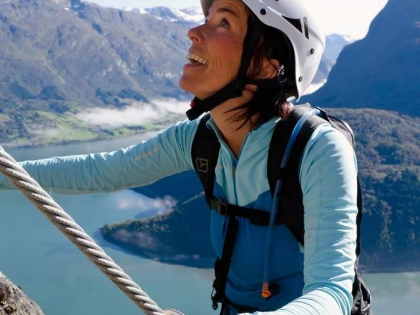

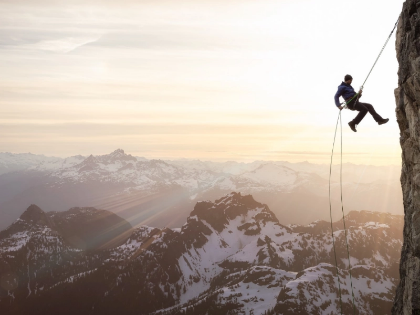
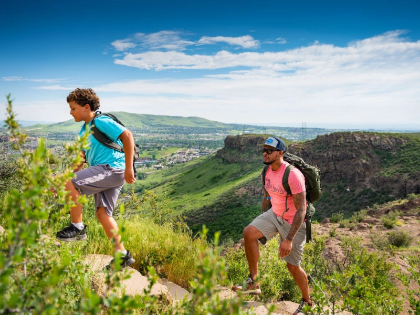



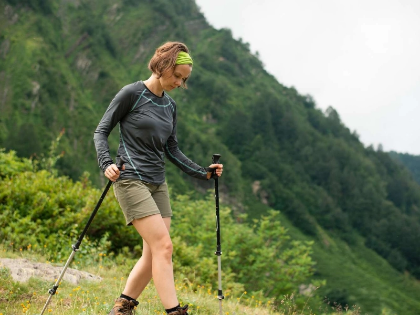
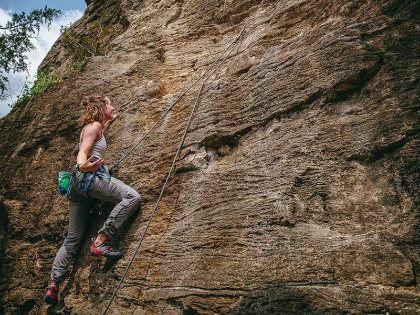
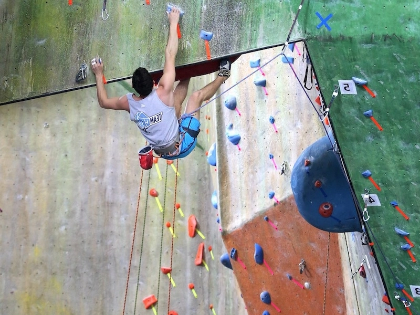
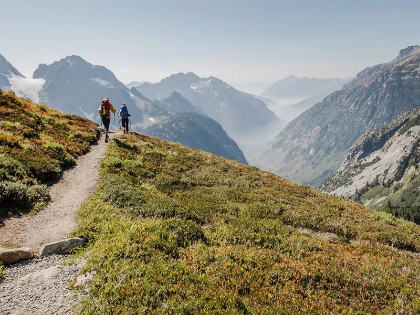
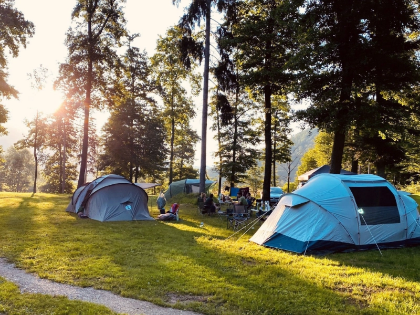


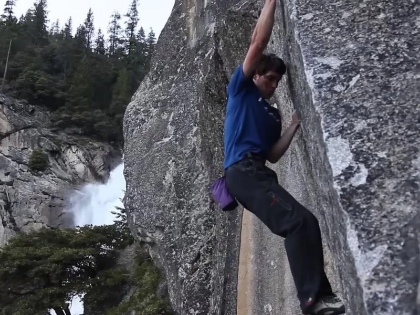
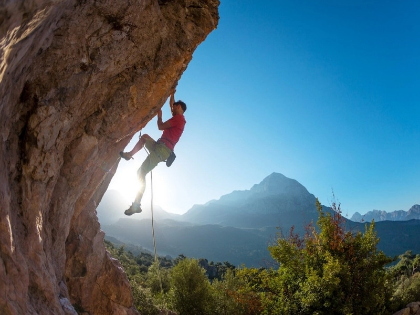
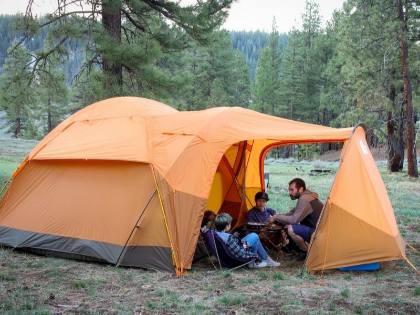


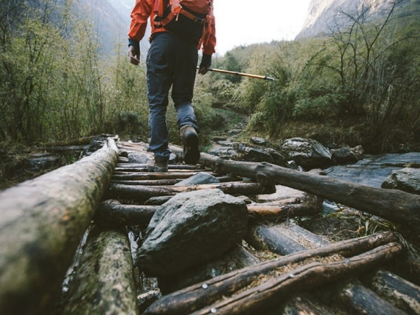
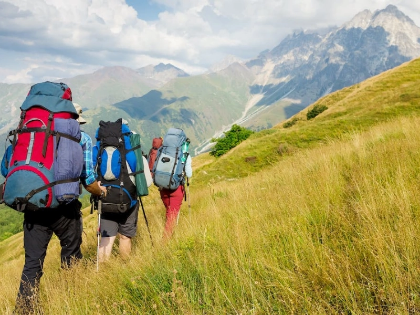



Encourages mindful feature gating.
Policy authors would like this.